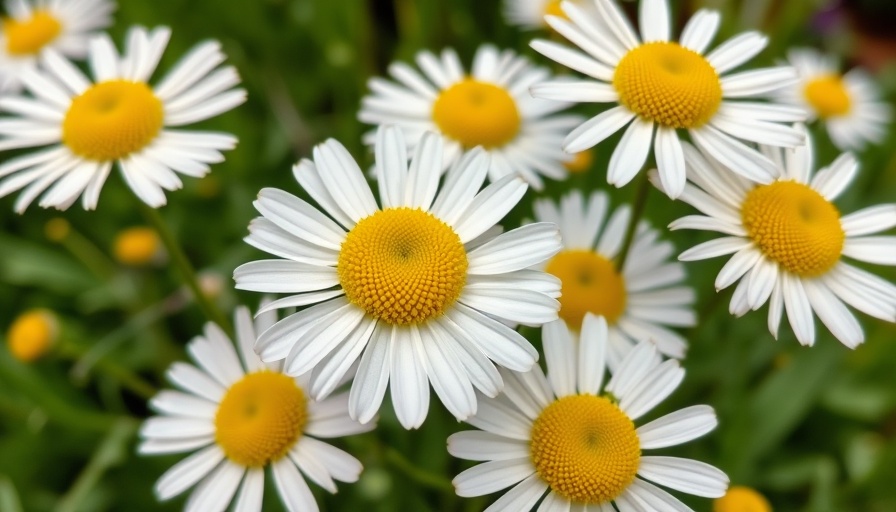
Discover the Benefits of Growing Chamomile in Your Garden
Chamomile isn’t just a delightful addition to your garden; it also offers numerous benefits that can enhance your gardening experience. Known for its captivating daisy-like flowers, this plant serves dual purposes as a beautiful ornamental feature while providing soothing herbal tea. Chamomile tea, rich in active compounds, has been used for centuries to alleviate various ailments, such as anxiety, digestive issues, and insomnia. By cultivating chamomile at home, you not only ensure a fresh supply for your tea but also have access to a natural remedy that has stood the test of time.
Choosing the Right Chamomile Variety
When it comes to growing chamomile for tea, understanding the differences between the varieties is essential to achieving the best results. The two primary types of chamomile popular for tea are German chamomile (Matricaria recutita) and Roman chamomile (Chamaemelum nobile). German chamomile is an annual that grows upright with an aromatic scent, making it a preferred choice for brewing tea. Conversely, Roman chamomile is a perennial that offers a shorter, sprawling habit, ideal for rock gardens or low-traffic areas. Understanding these differences allows you to select the most suitable type for your gardening needs.
Planting Chamomile: The Best Practices
The planting process for chamomile is fairly straightforward, but timing is key. After the last frost, direct sow your chamomile seeds outdoors, or for better success, start them indoors about two months prior. By germinating seeds inside, you can nurture them until they have at least two sets of true leaves, giving them a head start before transplantation. Not only does this method improve your yield, but it also allows your plants to benefit from the warmth of indoor conditions, resulting in healthier plants.
Chatting Up Companionship in the Garden
One of the often-overlooked benefits of growing chamomile is its role as a companion plant in the garden. Known to attract beneficial insects, chamomile can help control pest populations naturally. For gardeners looking to keep pests at bay—especially those that dread cabbage worms or aphids—incorporating chamomile among their brassicas like kale and cabbage is a strategic move. This biological pest control can help maintain a healthy garden ecosystem without relying on chemical pesticides.
Learning the Art of Harvesting and Drying
Harvesting chamomile is an exciting step for home gardeners. Wait until your flowers are fully blooming and then pick the blossoms with a gentle twist. The best time to harvest is in the morning after the dew has dried but before the sun's heat evaporates their essential oils. Dry the flowers by laying them flat in a cool, dark place to preserve their flavor and medicinal qualities. With a little patience, you will find yourself enjoying rich, aromatic chamomile tea made right from your garden.
Making the Most of Your Chamomile Crop
Once your chamomile is harvested and dried, consider packaging it as thoughtful gifts for friends and family. An aesthetically pleasing jar of dried chamomile, adorned with a rustic label, can be an ideal present for a tea lover or someone needing relaxation. Sharing your home-grown goodies can connect others with the joys of gardening and herbal benefits, creating a sense of community centered around wellness and sustainability.
Why You Should Start Growing Chamomile Today
Growing chamomile not only enriches your garden with beauty and ecological benefits but also offers you a cost-effective way to enjoy herbal tea. As more people seek natural remedies and sustainable practices, cultivating your own chamomile is a rewarding endeavor. So why not start today? Dive into the world of gardening and bring this versatile plant to your backyard!
 Add Row
Add Row  Add
Add 


Write A Comment